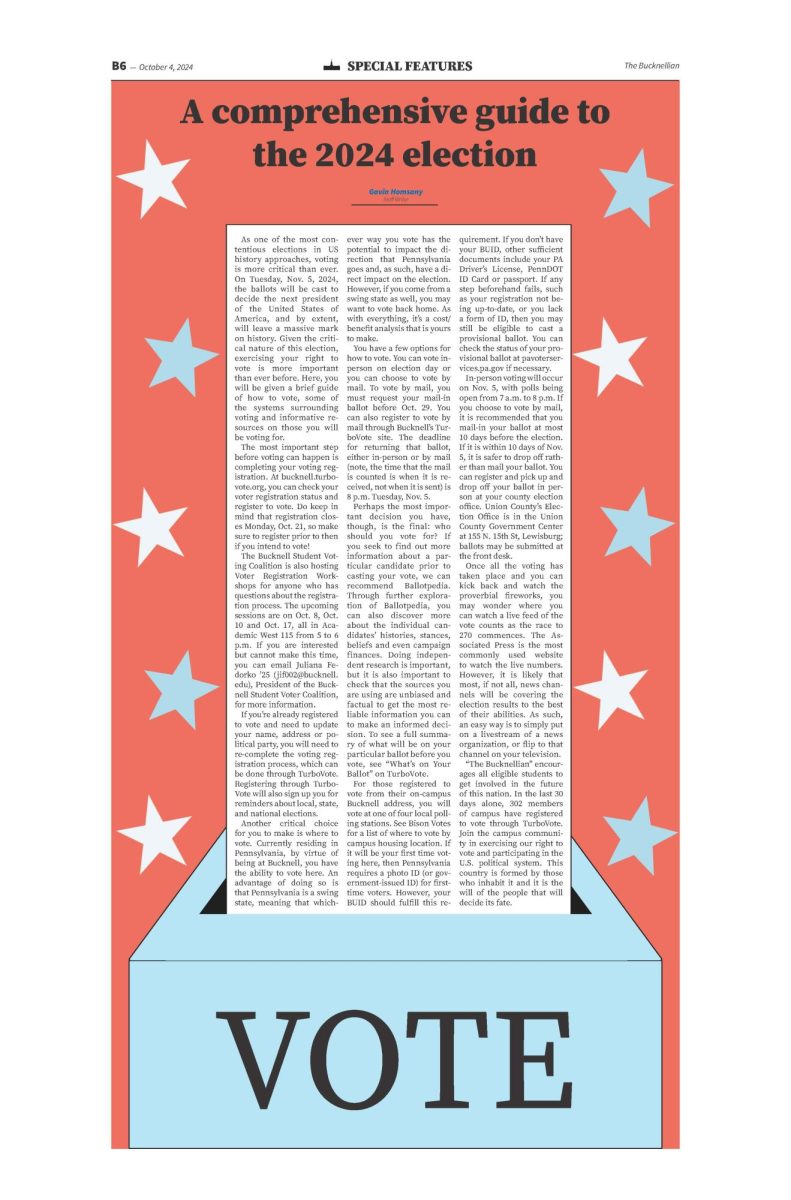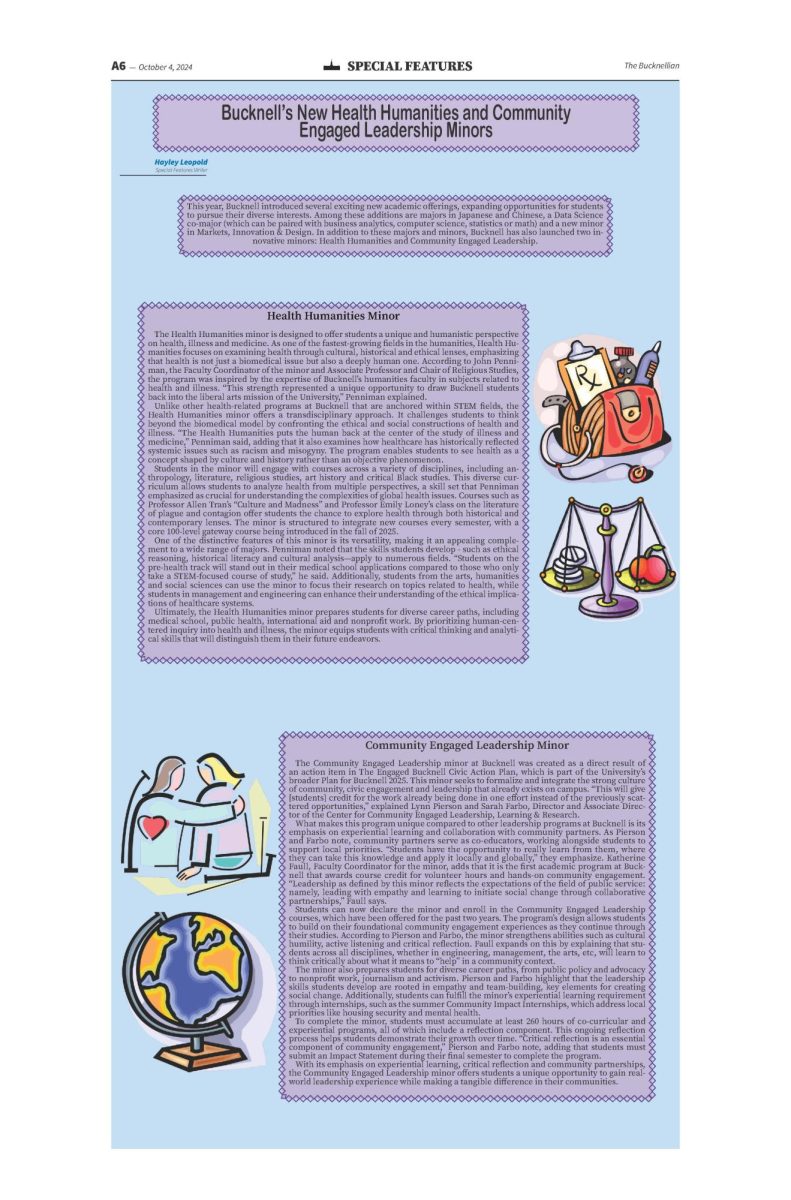The costs of herd immunity
February 24, 2021
While the University has experienced a surge in cases since coming back to campus, the number of cases on a national scale has dropped by 40 percent in the last two weeks, per an analysis by the New York Times. Experts seem to be optimistic about the vaccine’s effectiveness, and are now turning their attention towards estimating the United States’ “herd immunity” threshold, when, according to the NYT report, “enough people are immune to the virus that it can no longer spread through the population.” There is much speculation about when the tipping-point for herd immunity will be reached in this country, but most sources place it somewhere between April and July depending on lockdown conditions. I cannot be the only one to see immunity as a possible light at the end of the tunnel, but I am not blind to the nightmare that might realize itself if the path to passing the threshold into immunity is rushed.
While Sweden faced backlash for not implementing nearly as many guidelines as other European countries to stop the spread of the virus last spring, they now seem to be the best example of what immunity will look like in the United States. When the rest of the world stressed the need for strict guidelines and restrictions at the start of the pandemic, Sweden seemed to have their head in the clouds, mostly relying on voluntary social distancing and cancelling large gatherings – other than that, not much changed in the day-to-day lives of citizens. The NYT report relates how masks were rarely worn, and many businesses and public spaces remained open, including schools, bars and restaurants, gyms, and parks. Their death tolls at the beginning of the pandemic reflected this lax response; from the start of the pandemic in March 2020 through January 2021, the World Health Organization recorded over 12,000 deaths in Sweden as a result of COVID-19. Relative to the nation’s population of about 10 million, this mortality rate is incredibly high. However at present, cases in Sweden are much lower than other nations that opted for more strict approaches, suggesting that Sweden has, in fact, reached immunity. The Times also makes an important caveat that Sweden’s relatively low case-count could be due to some omitted variable unrelated to herd immunity.
Swedish civil servant and physician Anders Tegnell, a comparable public figure in Sweden to the NIAID’s Anthony Fauci in the United States, stressed in an interview that the rumors that Sweden had loose guidelines in order to reach herd immunity were just that – rumors. One might ask in response; why didn’t Sweden implement stricter guidelines, following the lead of their European neighbors? Did they not foresee the high death toll, thinking that their strategy would actually be the most effective? Or, did they want to maintain their economy when many other nations were thrusted into a recession?
I am hopeful for immunity in the United States to happen sooner than later, but I am willing to wait as long as needed to avoid a higher death toll. As we have seen in Sweden, while rushing to reach herd immunity may make things go back to “normal” as soon as possible (if Sweden has truly reached herd immunity), it comes at a cost that far outweighs its benefits.



























Margaret Parkes • Feb 26, 2021 at 5:01 pm
Excellent article and good analysis
of the situation!